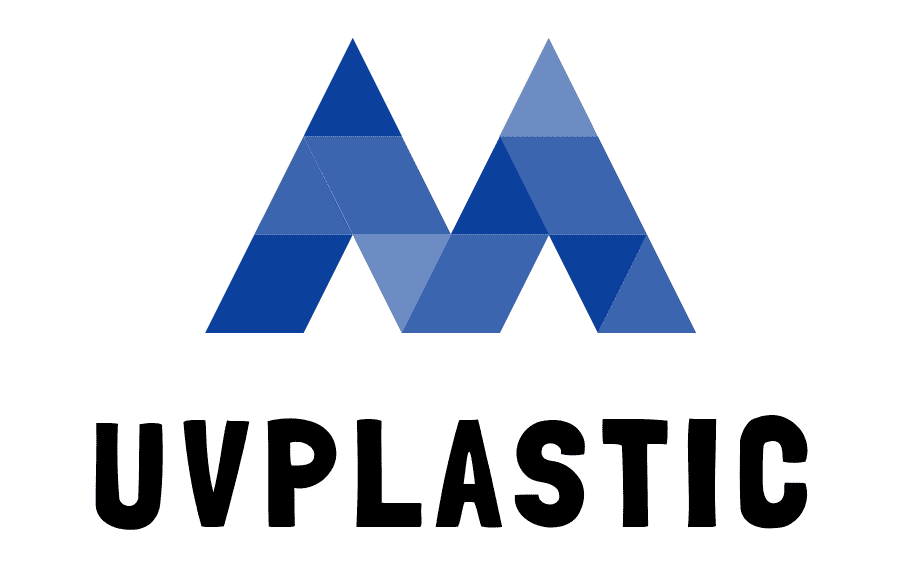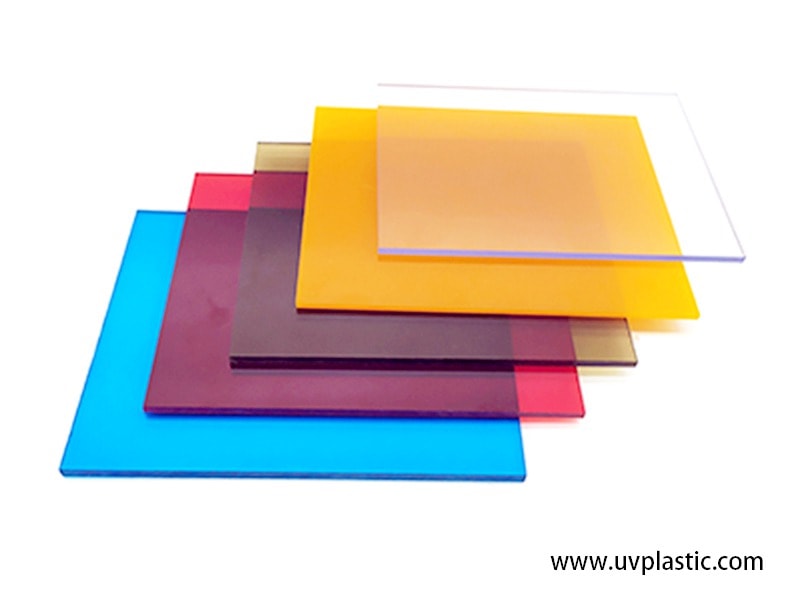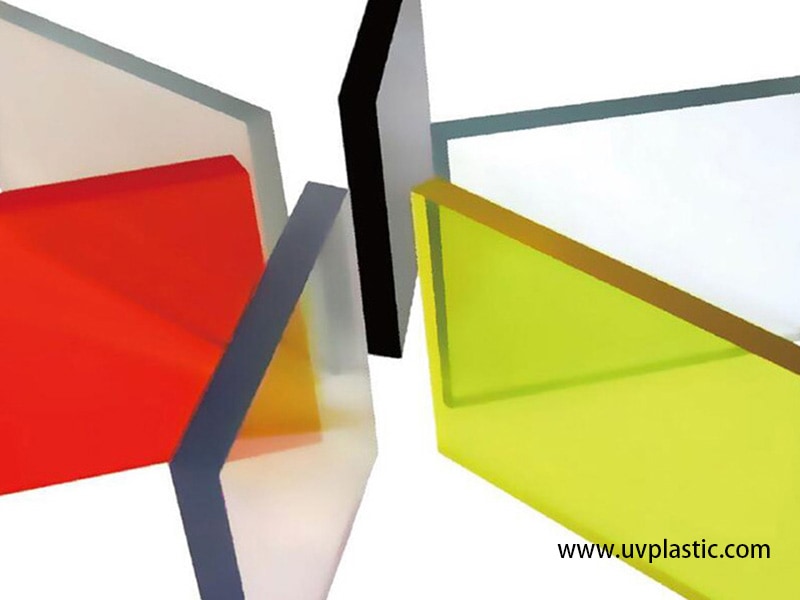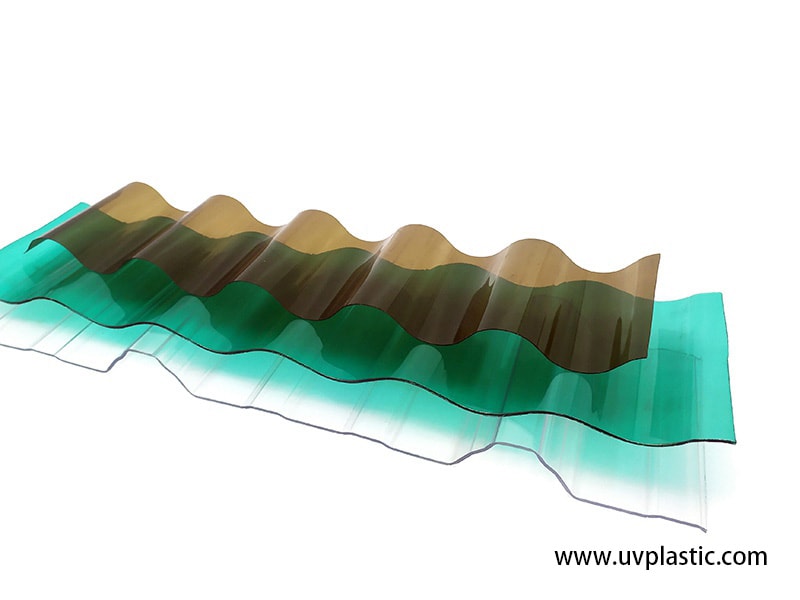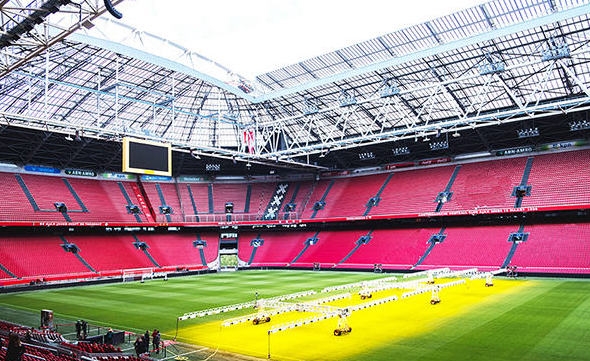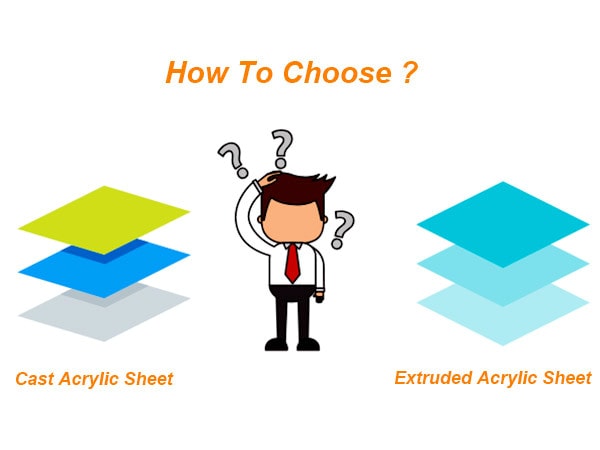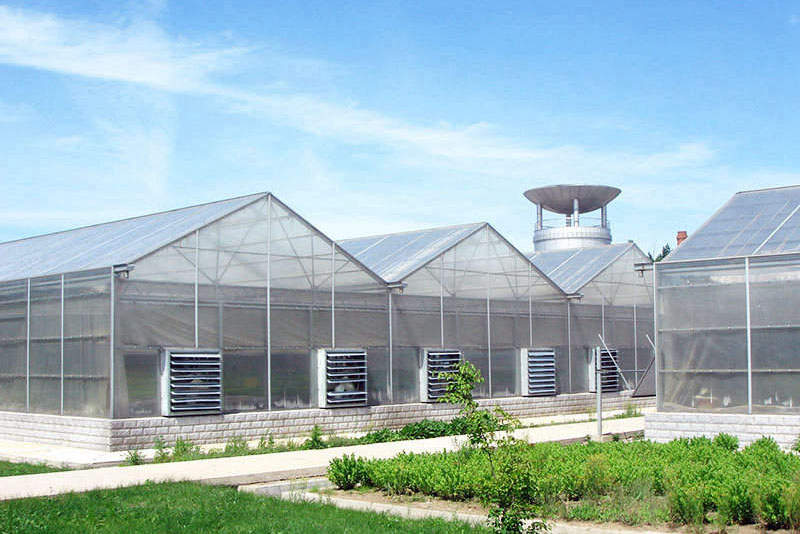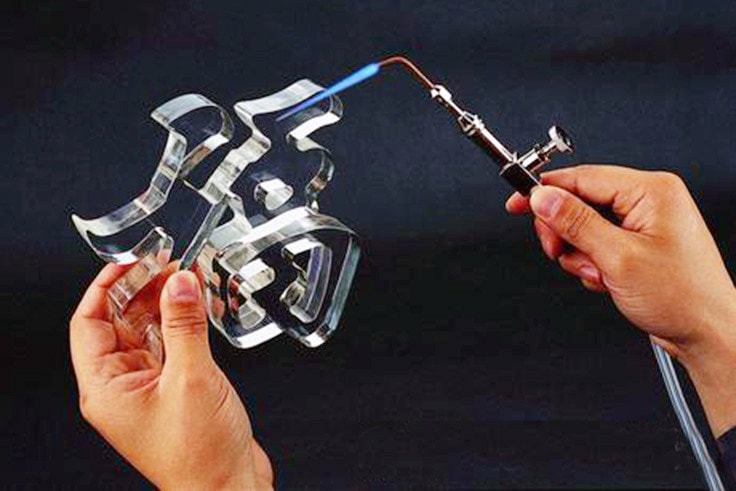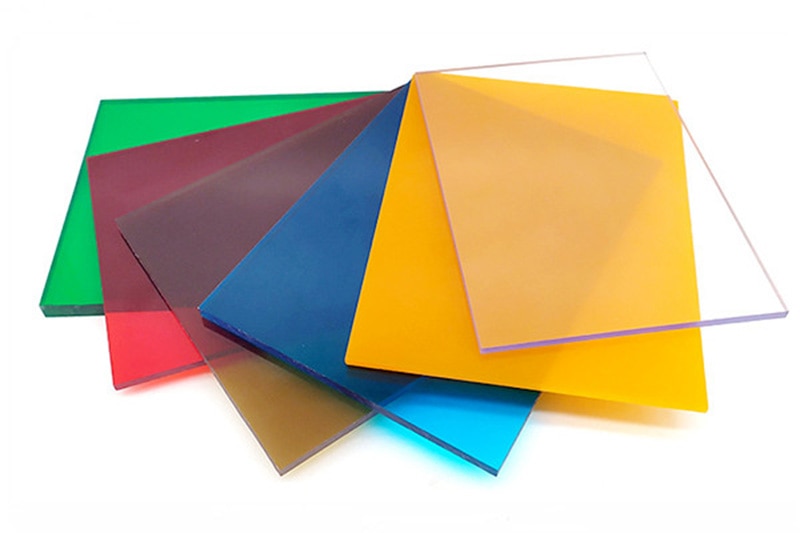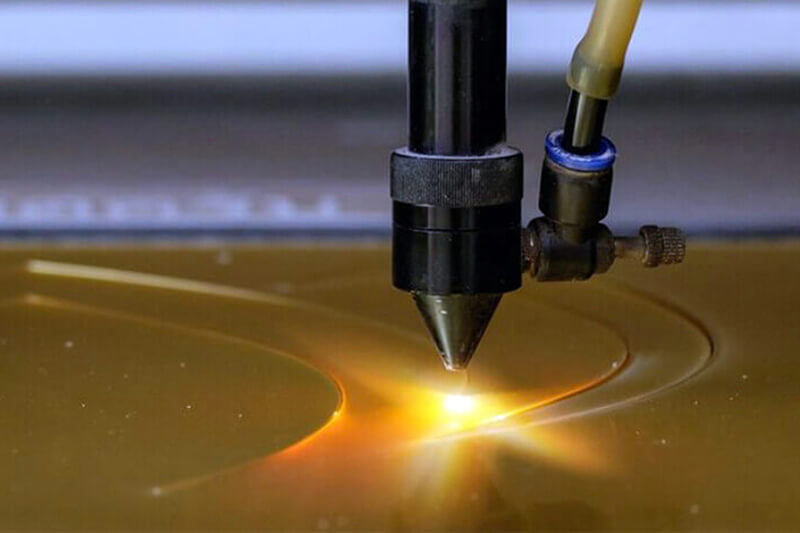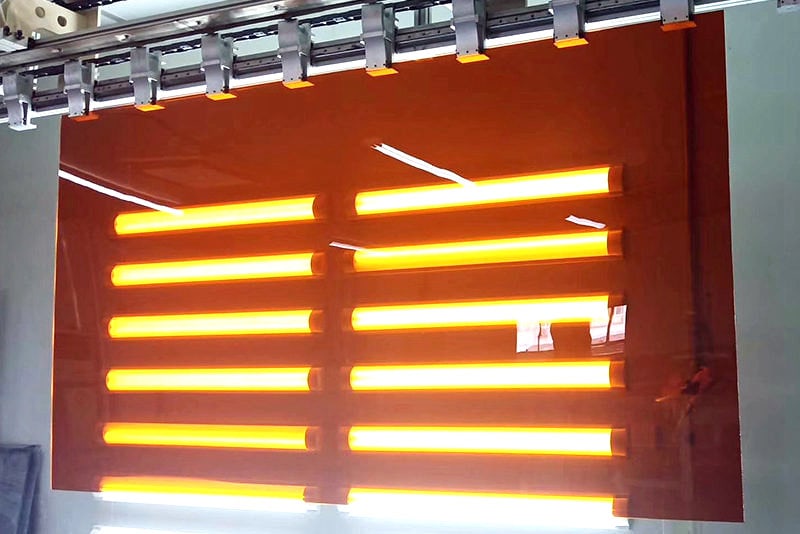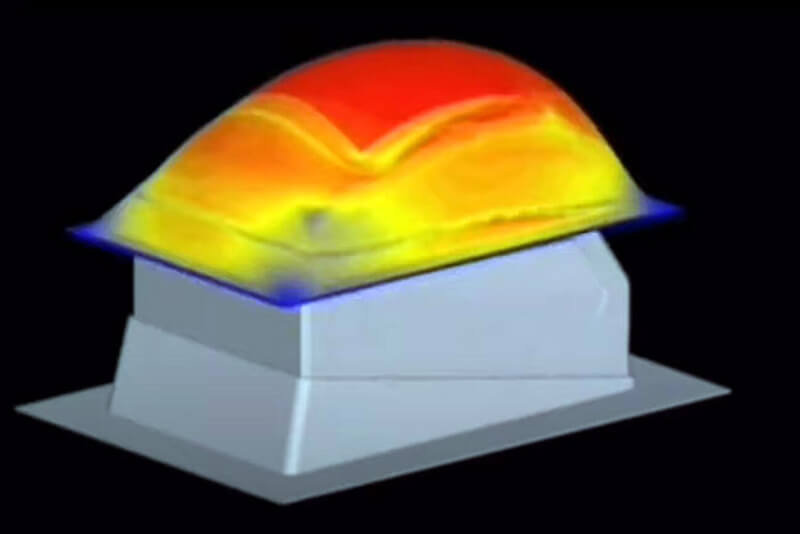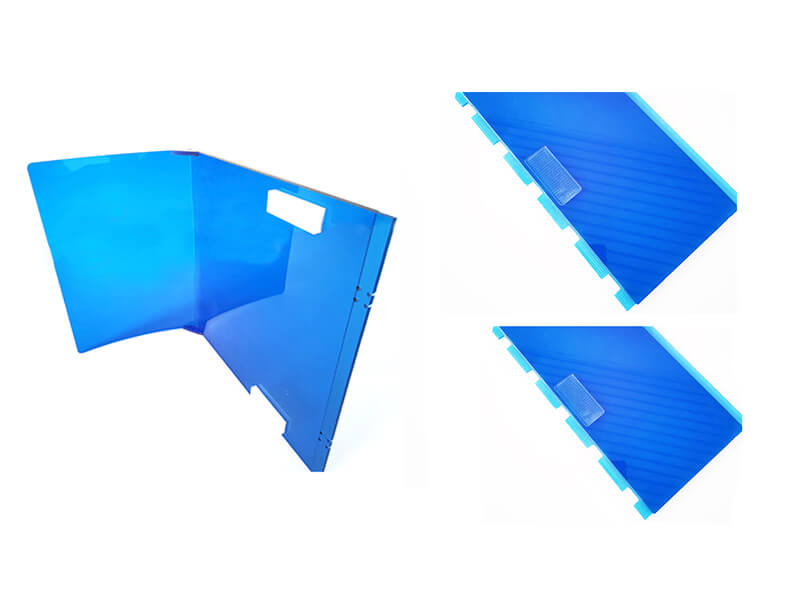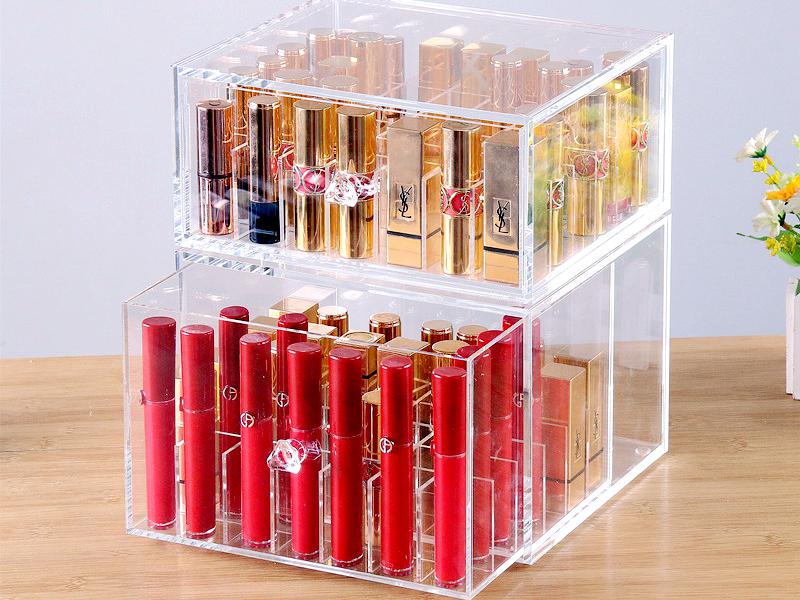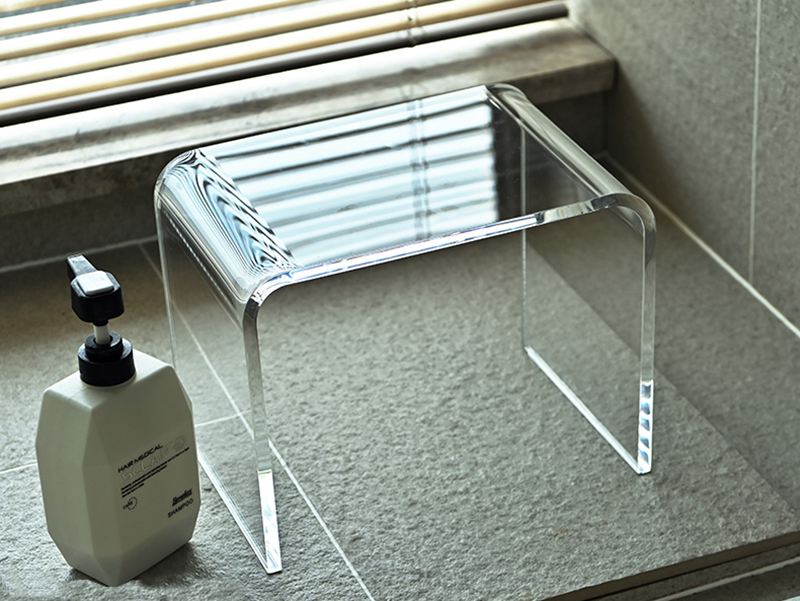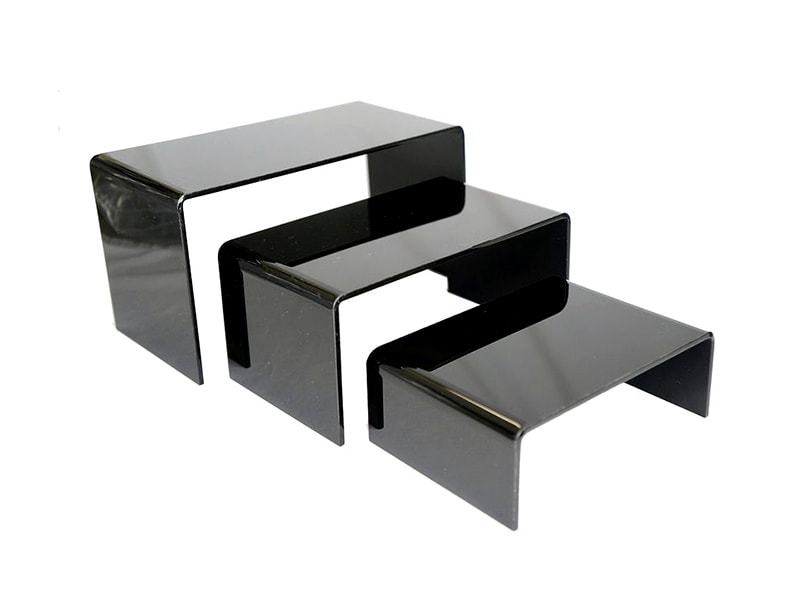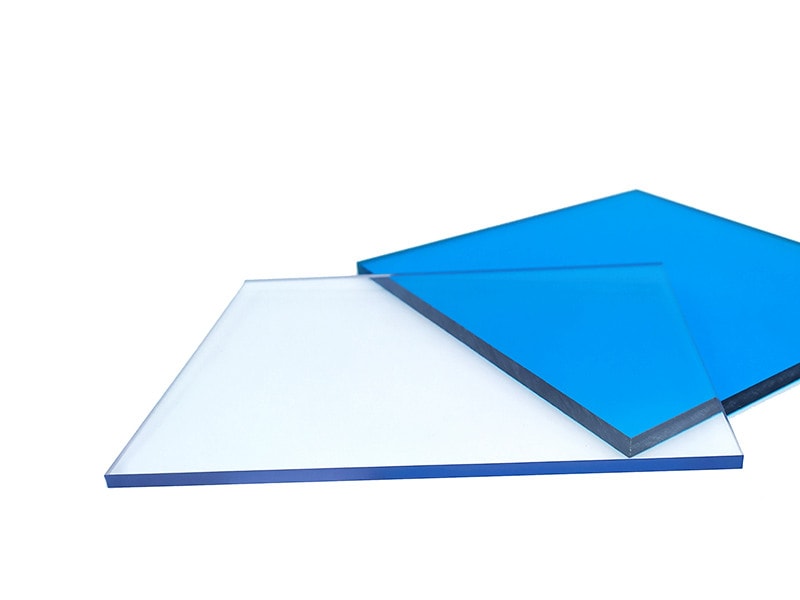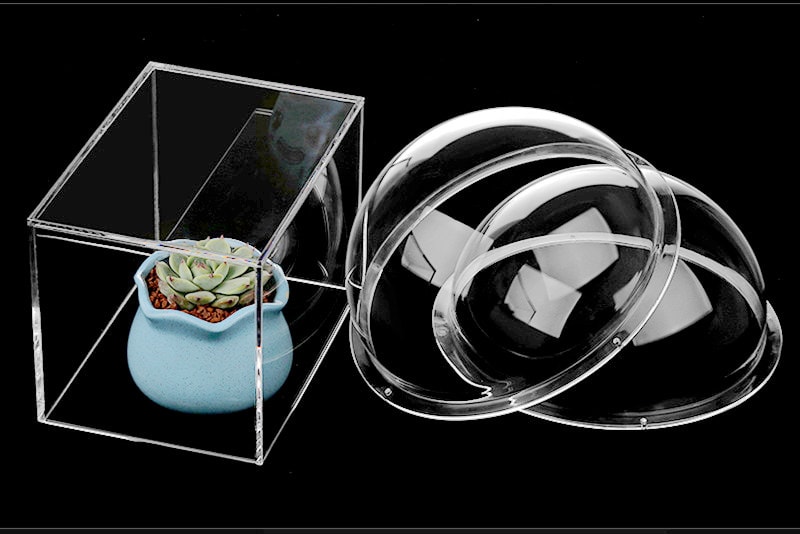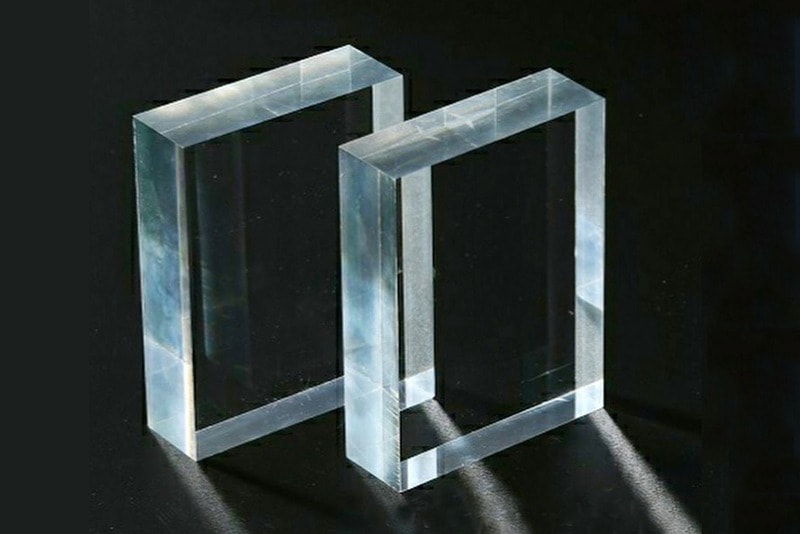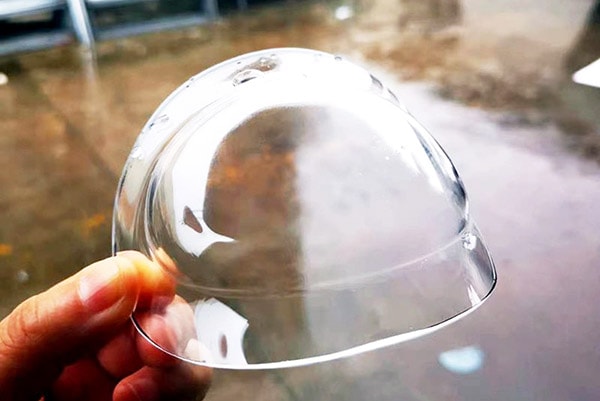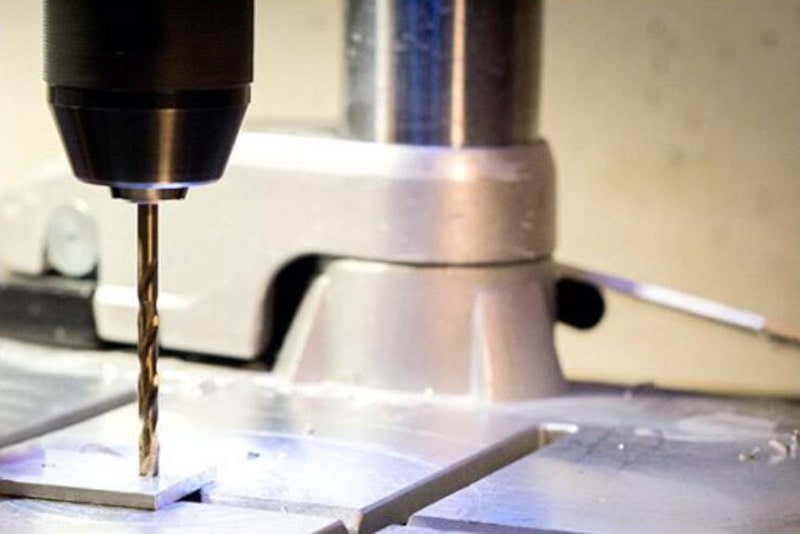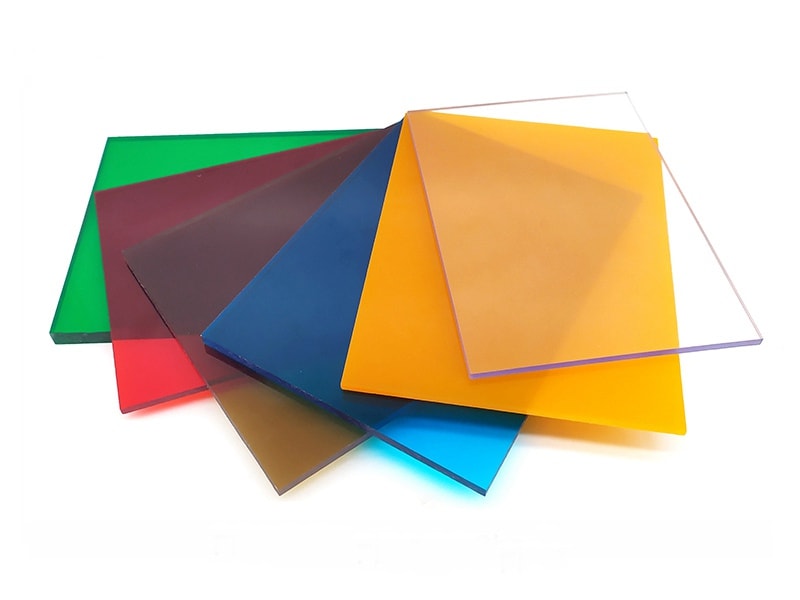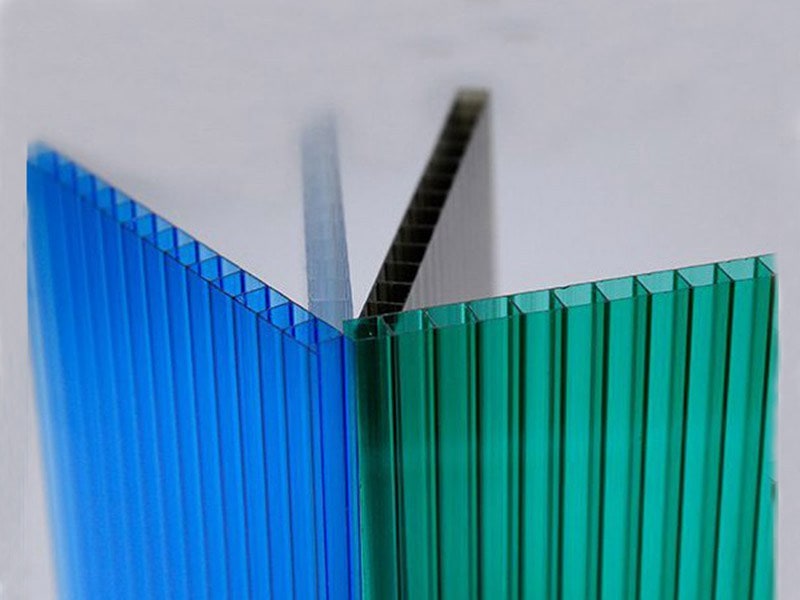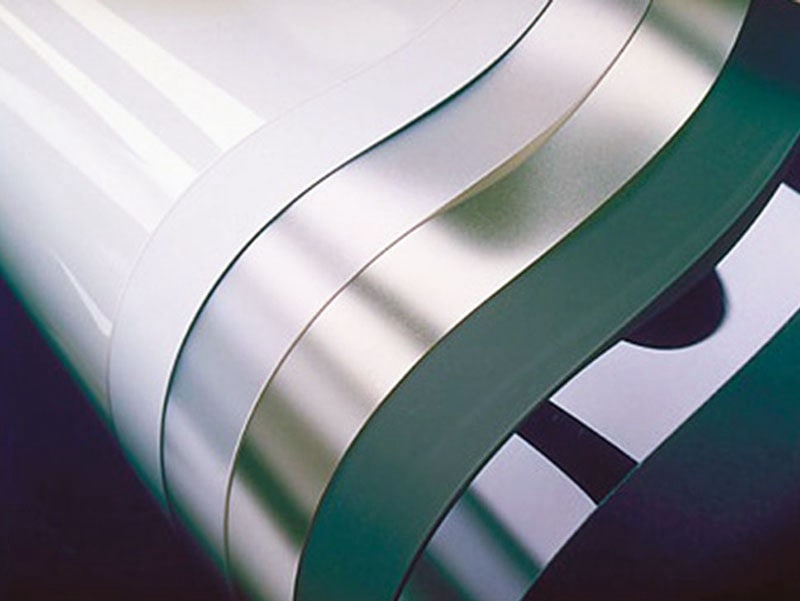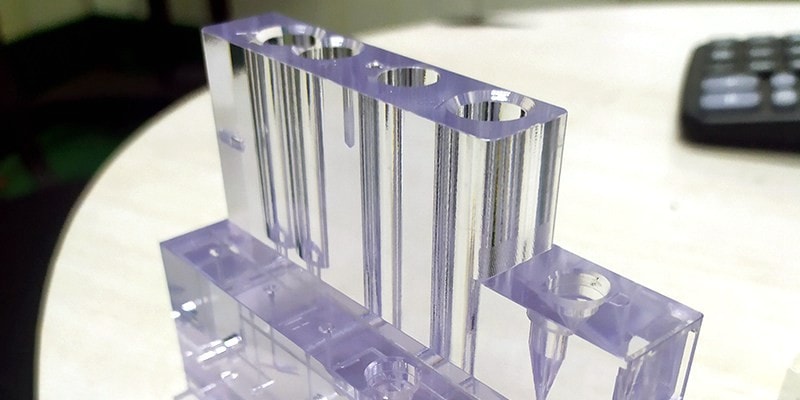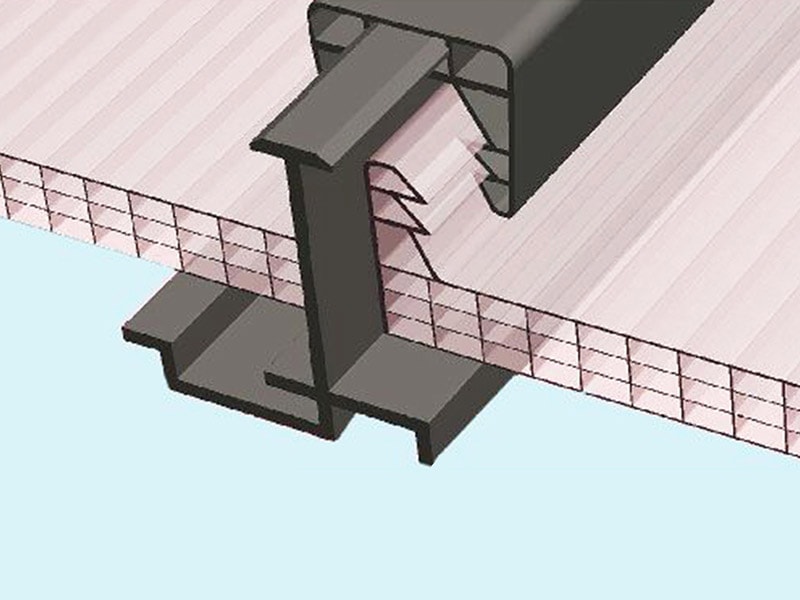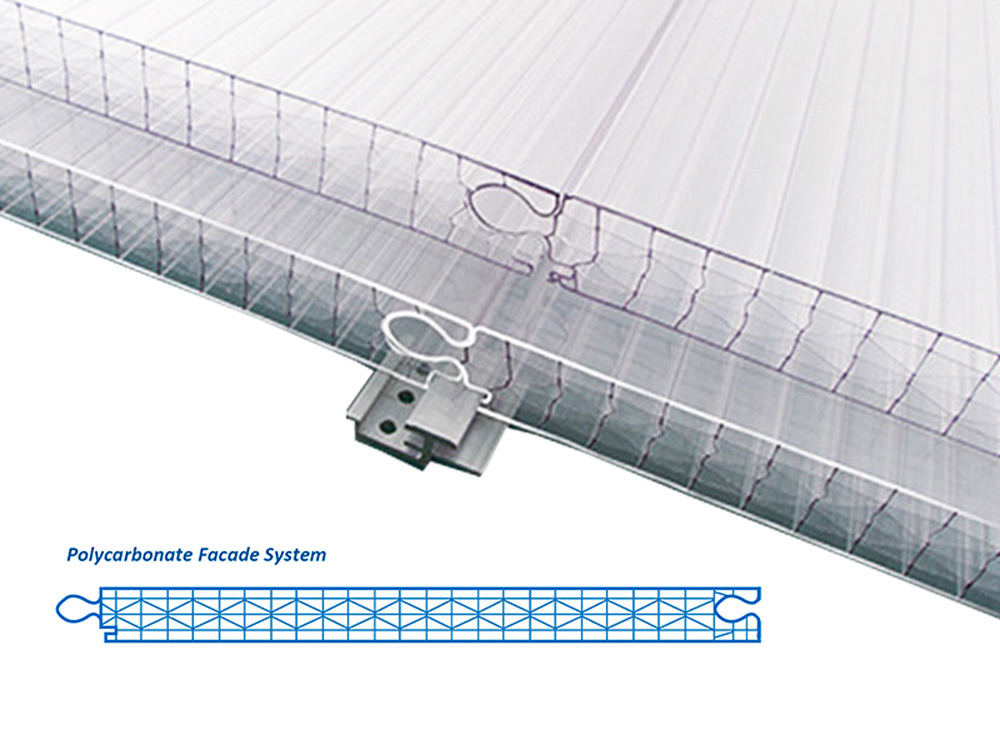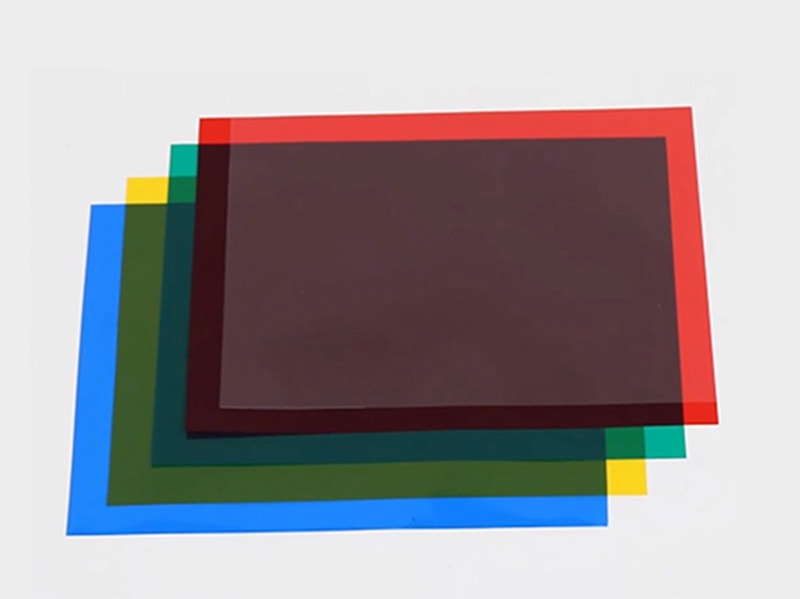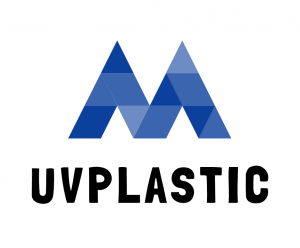How to identify Polycarbonate from Acrylic
Polycarbonate sheets and acrylic sheets are some of the most popular plastics available in the market. These two look almost the same to the naked eye and may make it difficult for you to tell the difference. However, they are very different, and you will need to choose wisely depending on the purpose you intend to use them for.
One, when making polycarbonate, a bluing agent is used. Therefore, in as much as both appear clear on the surface, the edge of the polycarbonate sheet looks blue while acrylic is clear. I recommend you check them out in natural light for better clarity. Both plastics have their pros and cons. The acrylic sheet is stiffer, shinier, cheaper, and more scratch-resistant compared to polycarbonate, which is more flexible and virtually unbreakable. On the other hand, acrylic cracks easily under impact while Polycarbonate easily scratches.
Therefore, before making your purchase, you need to carefully consider what you need the plastic for because of their differences. It would help if you also thought about your budget because their prices are also different. I hope you find this article will help you choose the one that will suit you best. Therefore, let’s take a more in-depth look at the difference between polycarbonate and acrylic.
Strength
It is important to note that both plastics are robust compared to glass. However, the polycarbonate sheet is more robust, with 250 times the impact resistance of glass while acrylic is ten times the impact resistance of glass sheet (know the difference between acrylic and glass). Due to this strength, polycarbonate is even used to make police riot Shields. Due to the rigidity of acrylic, it easily cracks on impact. On the other hand, polycarbonate is very flexible.
Visibility
In terms of clarity, acrylic plastic is the best as it lets in more light. It has a light transmittance of 92% while Polycarbonate has a light transmittance of 88%. Both are excellent for glazing. Polycarbonate is mostly used in bus shelter glazing since it’s stronger compared to acrylic. Both are also used for secondary glazing. To restore clarity, you can polish acrylic while Polycarbonate cannot be polished. Polished acrylic has a glossy finish/appearance.
Working temperature
Acrylic is excellent for temperatures ranging between -30 degrees Fahrenheit to 190 degrees Fahrenheit. It expands and contracts with changes in temperature. However, there is no permanent shrinkage over time. Polycarbonate, on the other hand, can withstand temperatures up to 240 degrees Fahrenheit. It is also highly resistant to chemicals like gasoline and acids.
Ease to cut
Both plastics can be cut using conventional tools like saws or routers. However, acrylic is more natural to cut compared to polycarbonate. Polycarbonate resists the initial push of a saw or router when being cut.
Know how to cut polycarbonate sheet;
Know how to cut plexiglass sheets and machining acrylic.
Ease to drill
Acrylic tends to crack when being drilled near the edge or using a drill bit that is not designed for Plastic. Polycarbonate does not break even if drilled close to the border with a standard drill bit.
Bending
To bend acrylic, you will need to heat it first while Polycarbonate can be turned while cold or without hearing (due to its flexibility).
Know how to bend acrylic sheet.
Price
Acrylic is cheaper than polycarbonate. Therefore, you will need to spend more on Polycarbonate as it generally costs 35% more than acrylic.
Durability
Both plastics are weather resistant and will expand and contract with temperature changes. However, there will be no permanent shrinkage.
You should avoid touching them with abrasive binding agents as they can both scratch. Acrylic does not scratch easily and will not yellow with time. You should note that acrylic will chip easily compared to polycarbonate because it is less impact-resistant.
In terms of flammability, polycarbonate has low flammability while acrylic will burn slowly. Therefore, it should be kept away from open flames.
Related Article
Gluing
Acrylic will offer you a cleaner glue joint compared to polycarbonate. Remember to use gluing cement that is meant for acrylic and polycarbonate. Want to know how to glue polycarbonate.
Ease to clean
Both polycarbonate and acrylic are very easy to clean. You should use 100% cotton cloths or microfiber while cleaning. Use only warm soapy water or an Acrylic cleaner for acrylic. Never used any form of chemicals. However, polycarbonate is more resistant to chemicals, and you can, therefore, use harsh detergents that contain chemicals such as ammonia. You should avoid using solvents to clean both plastics.
Conclusion
Polycarbonate is totally different from acrylic, they have its own advantages, and for different applications. UVPLASTIC is a leading manufacturer of polycarbonate sheets, meantime, provides machining polycarbonate service. The subsidiary-UVACRYLIC, which is a top manufacturer of acrylic sheets in China. If you are looking for a great supplier, please contact us.
